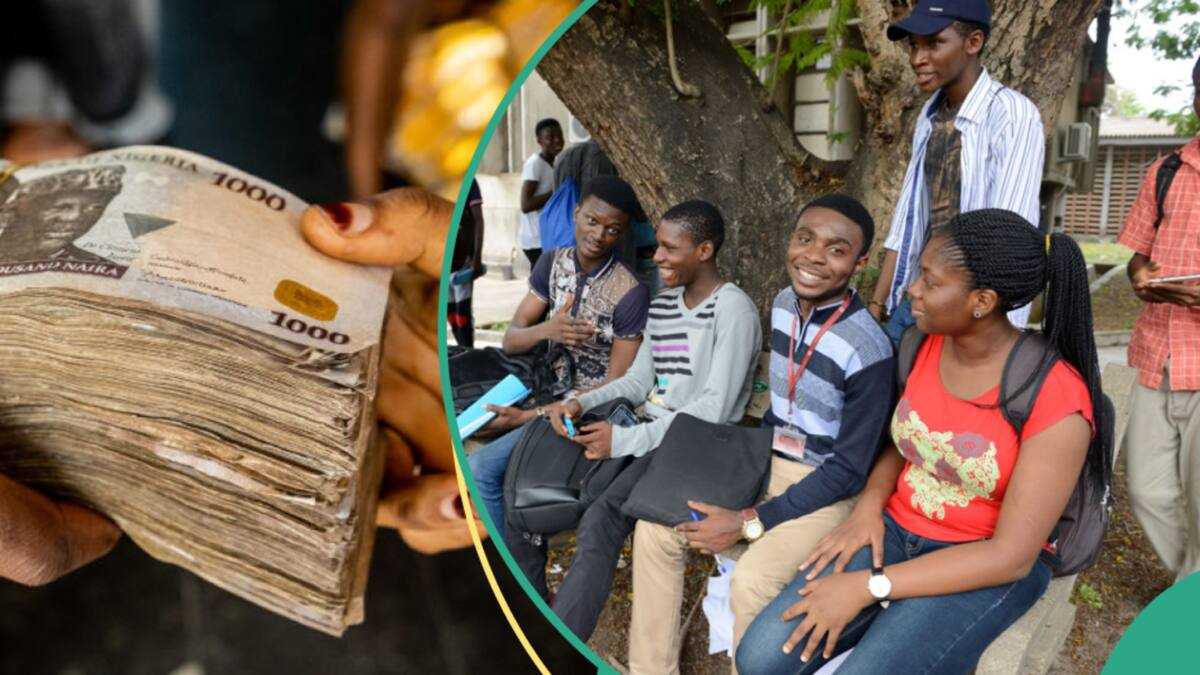whatsina tooth | Bengaluru News - Times of India

Of the 260 victims of the devastating Ahmedabad aviation tragedy that shook the nation on June 12, 253 were identified through DNA matching. While DNA profiling and matching is rightfully regarded as the gold standard in victim identification, forensic dentistry serves as valuable supplementary identification tool especially in circumstances where DNA samples are extremely compromised — in identifying cases of mutilated, decomposed and burnt bodies where extraction of DNA from most of the body parts becomes impossible.
(Interpol’s DVI (Disaster Victim Identification) guide identifies dental comparison as one of three primary methods of identification (alongside fingerprints and DNA) and affirms that a positive dental match may suffice as a standalone identifier under proper conditions.)
While India is prone to disasters and uses forensic odontology in identification, there is no unified national policy mandating systematic dental record keeping or a centralised dental database.
“It’s time we built one,” says Dr Deepak V, programme coordinator, department of forensic dentistry, College of Dental Sciences, Davangere. How forensic dentists workForensic dentists find the missing links that could lead to the missing person. They help in segregation of the charred bodies based on age category, by assessing the age of the charred victim by observing the eruption and mineralisation status of the teeth. Based on the colour changes in the teeth on fire, the forensic dentists can even help the fire investigators to elucidate the temperature at which the body was burning.
A widely accepted toolDental identification is used extensively not only in the West, but also in Asian countries like Malaysia, Japan, South Korea and Indonesia, notes Dr Ashith B Acharya, professor and head of forensic odontology at SDM College of Dental Sciences and Hospital, Dharwad. Dental records are particularly useful for identifying twins who are likely to have the same DNA. How it helped in the past

9/11 (World Trade Center, 2001) Hundreds of victims were successfully identified via dental recordsAsian Tsunami (2004) 46 % of victims were identified primarily using dental comparisons. Thai nationals had low usable dental-record availability, slowing identification for local victimsOther large disasters such as the Scandinavian Star ferry fire of 1990 and various airline crashes have relied heavily on forensic odontology for identificationTwo Ways A Tooth HelpsDNA Extraction

DNA can be extracted from teeth using highly specialised forensic procedures. Teeth are particularly valuable in forensic identification because they are the hardest tissue in the body and can often protect DNA for years-even decades- especially in scenarios like fire, trauma or decompositionTracing dental recordsIf a forensic dentist finds a root canal treated upper right first molar with a metal crown and a porcelain crown on lower left first molar, and a missing lower left canine tooth during postmortem dental charting, just imagine, the probability of having this same combination of findings among the victims of a closed disaster scenario.

These metal restorations can withdstand much higher temperatures, says Dr Jayasankar Pillai, forensic odontologist and secretary of India Association of Forensic Odontology. "This is where dental records are useful, provided teh antemortem dental records are provided by the family members or the dentists of the deceased person. This can narrow down the identification proess and can further be confirmed by DNA," he addsVOICE OVER"Teeth are incredibly durable and often survive trauma, decomposition and fire. Interpol lists dental records among the three primary identifiers—alongside fingerprints and DNADr Deepak V, programme coordinator, department of forensic dentistry, College of Dental Sciences, Davangere











